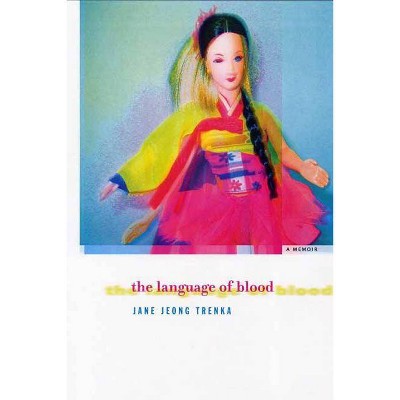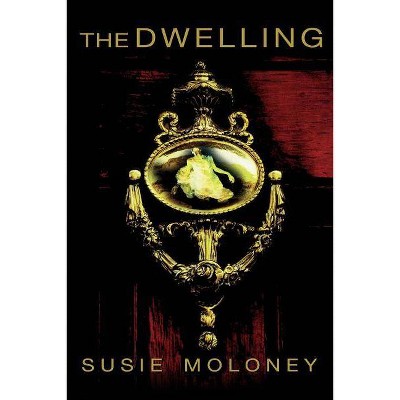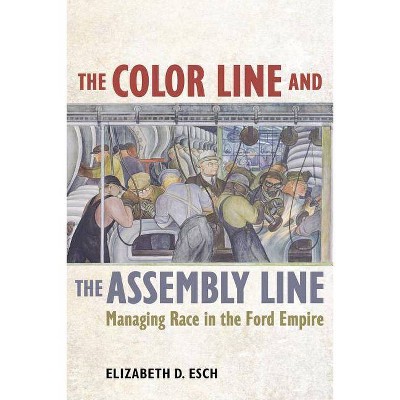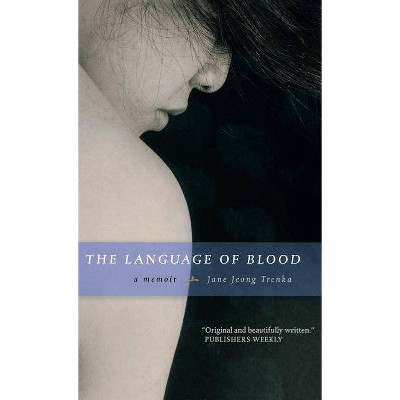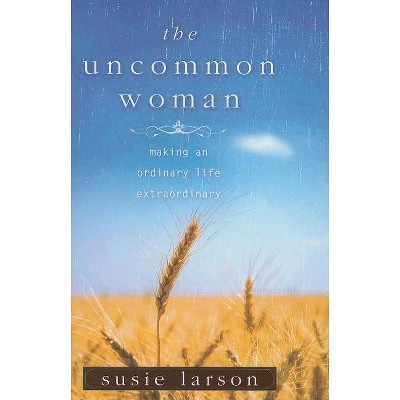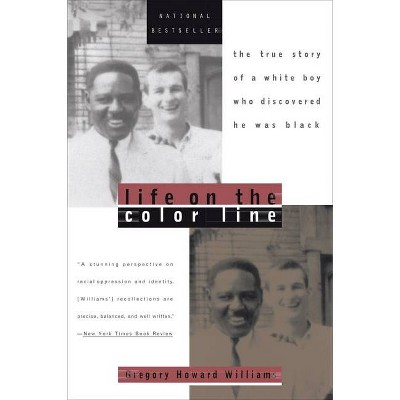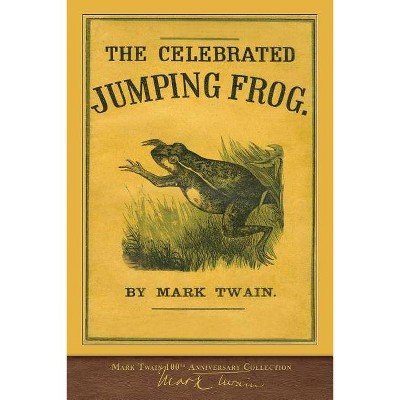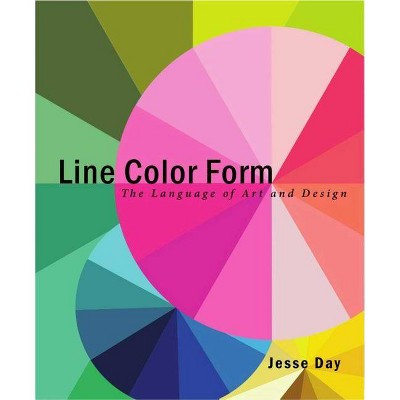Jumping the Color Line - by Susie Trenka (Paperback)
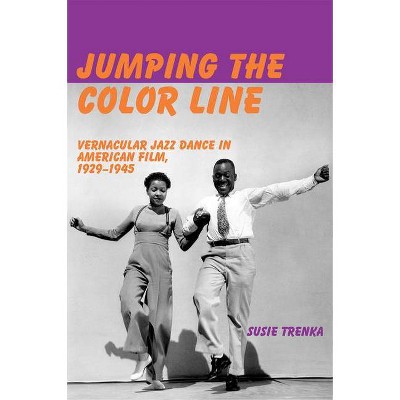
Similar Products
Products of same category from the store
AllProduct info
<p/><br></br><p><b> About the Book </b></p></br></br>With a majority of examples taken from marginal film forms, such as shorts and B movies, the book highlights their role in disseminating alternative images of racial and gender identities as embodied by dancers - images that were at least partly at odds with those typically found in major Hollywood productions.<p/><br></br><p><b> Book Synopsis </b></p></br></br><p>From the first synchronized sound films of the late 1920s through the end of World War II, African American music and dance styles were ubiquitous in films. Black performers, however, were marginalized, mostly limited to appearing in specialty acts and various types of short films, whereas stardom was reserved for Whites. <i>Jumping the Color Line</i> discusses vernacular jazz dance in film as a focal point of American race relations. Looking at intersections of race, gender, and class, the book examines how the racialized and gendered body in film performs, challenges, and negotiates identities and stereotypes. Arguing for the transformative and subversive potential of jazz dance performance onscreen, the six chapters address a variety of films and performers, including many that have received little attention to date. Topics include Hollywood's first Black female star (Nina Mae McKinney), male tap dance class acts in Black-cast short films of the early 1930s, the film career of Black tap soloist Jeni LeGon, the role of dance in the Soundies jukebox shorts of the 1940s, cinematic images of the Lindy hop, and a series of teen films from the early 1940s that appealed primarily to young White fans of swing culture. With a majority of examples taken from marginal film forms, such as shorts and B movies, the book highlights their role in disseminating alternative images of racial and gender identities as embodied by dancers - images that were at least partly at odds with those typically found in major Hollywood productions.</p><p/><br></br><p><b> About the Author </b></p></br></br><p>Susie Trenka holds an MA in English and film studies and a PhD in film studies from the University of Zurich, Switzerland. Alongside her academic endeavours, she spent many years learning and teaching vernacular dance styles from the swing era, especially the Lindy hop. She now works as a translator, editor, and museum educator in New Orleans, where she is immersed in jazz culture and continues to learn about America's complex issues of race</p>
Price History
Cheapest price in the interval: 37.49 on October 22, 2021
Most expensive price in the interval: 37.49 on November 8, 2021
Price Archive shows prices from various stores, lets you see history and find the cheapest. There is no actual sale on the website. For all support, inquiry and suggestion messages communication@pricearchive.us
